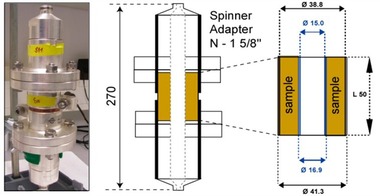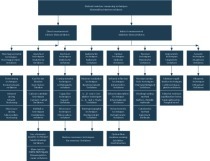Does moisture-and-plasticity control save energy?
Raw material conditioning processes, up to and including shaping, account for a major share of overall energy consumption in the production of diverse heavy clay products.
The specific energy requirement is basically dictated by the employed raw materials, the targeted product characteristics and the specific layout of the production facility. How much basic potential is there for saving energy, and what is it? Which options are both relevant to and feasible for actual production? Various approaches to cost reduction are formulated and evaluated from a technical point of view.
Joachim Lutz, innovatherm Prof. Dr. Leisenberg GmbH + Co. KG






